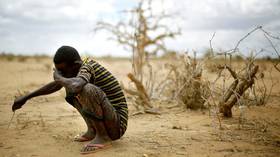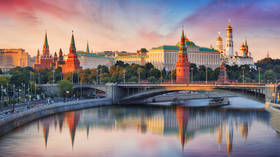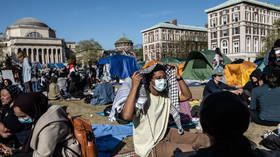South Africa’s population grows by more than ten million – census data

Census data released by the South African statistics agency on Tuesday revealed a population growth rate of 18% since the previous survey in 2011.
It marks the largest percentage change in population for the country since the first census in 1996 and comes as it deals with one of the highest unemployment rates in the world at 32.9%.
Stats South Africa’s (Stats SA) statistician-general Risenga Maluleke handed over the 2022 figures to President Cyril Ramaphosa in Pretoria, completing the fourth census since the first post-apartheid democratic government in 1994.
Maluleke revealed that the number of people in South Africa had increased from 51.7 million in 2011 to more than 62 million in 2022.
Although South Africa’s annual percentage growth is similar to that of some of its neighbors, including Zimbabwe and Mozambique, the latter have much smaller populations.
Ramaphosa said this was the country’s first-ever digital census, and that the data is one of the most crucial planning, monitoring and evaluation tools for the government.
He added that despite power outages, the country should be encouraged by the almost universal access to electricity.
Since 2007, South Africa has been grappling with an energy crisis, referred to as ‘load shedding’, which has seen periods of widespread national blackouts.
Stats SA reported that Gauteng and KwaZulu-Natal remain the most populated provinces in the country, while Northern Cape is the least.
Women make up 51% of the total population, with 48.5% being men.
Black Africans are the majority racial group at 81.4%, followed by ‘Coloureds’ (a mixed ethnic group), Whites and Indians/Asians.
Stats SA said Gauteng and the Western Cape remained the most dominant in internal migration streams while Limpopo, Eastern Cape, KwaZulu-Natal and Free State experienced an outflow of people.
The data revealed that the country has more than 2.4 million international migrants, which equates to just above 3% of the total population with the majority (86%) coming from the Southern African Development Community (SADC) region.
Of these, 45.5% came from Zimbabwe, followed by Mozambique and Lesotho.
Stats SA said migration between countries is driven largely by the quest for economic opportunities, by political instability and increasingly, environmental hazards.













